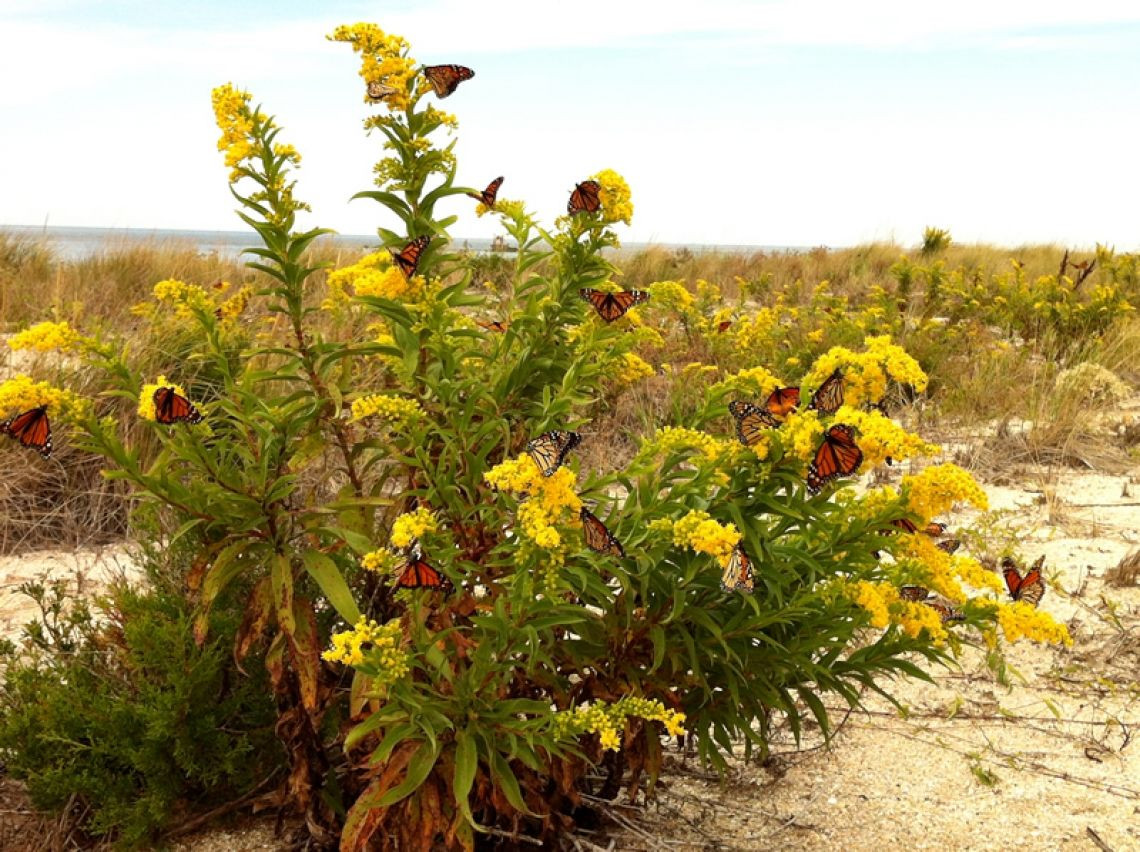Originally Posted on March 27, 2017
Thanks to my great grandmother, who migrated from County Cork in Ireland, to being a maid on Philadelphia's Main, Line saving until she could buy a bungalow near the seashore which she said reminded her of her girlhood on the Irish coast - I grew up spending my summers at Cape May Point. ##OurAmazingWorld
In a longer piece, I will go into the Point, how it became a world-renowned Bird Sanctuary, how they lost - and then rebuilt their dunes, there will be a steady stream.
But today's post begins with this article in today's Inquirer:
It's the story of how experts and volunteers are working to rebuild the dunes and protect the land all up and down the Jersey Coast. ##EIRecommends
This from the article:
- As the beach grass grows, its roots - called rhizomes - form a weave within the sand which in turn forms a core for the dune. The blades of the grass on top of the surface also act to trap windblown sand, allowing the dune to retain the sand and grow naturally.
I have seen this first hand in Cape May Point.
When I was a kid, we were free to roam the dunes. As a young teen, that became forbidden, the dues restricted. I was affronted at the time!
But by now, I'm glad!
The dunes at the Point are, maybe, 100 yards wide at their widest? They run for maybe a mile along the Atlantic side of the town. They are lush, gorgeous, and a delight to fellow creatures ranging from the bunny, to the Autumn passing hawks, to the Monarch Butterflies who can swarm there.
A point I want to make is about the power of diversity there. The Inquirer article rightly sings the praises of the American beach grass - which is prevalent along Cape May Point's dunes, but those dunes also provide a home to scrub pine, bird-friendly poison ivy, golden rod, bay berry, beach plumb - to name just a few.
With this diversity, the resiliency of those dunes is greatly amplified.
A tip o the cap to Jacqueline Urgo, who covers the Jersey Shore for the Inquirer | @JacquelineUrgo Thanks Jacqueline!

